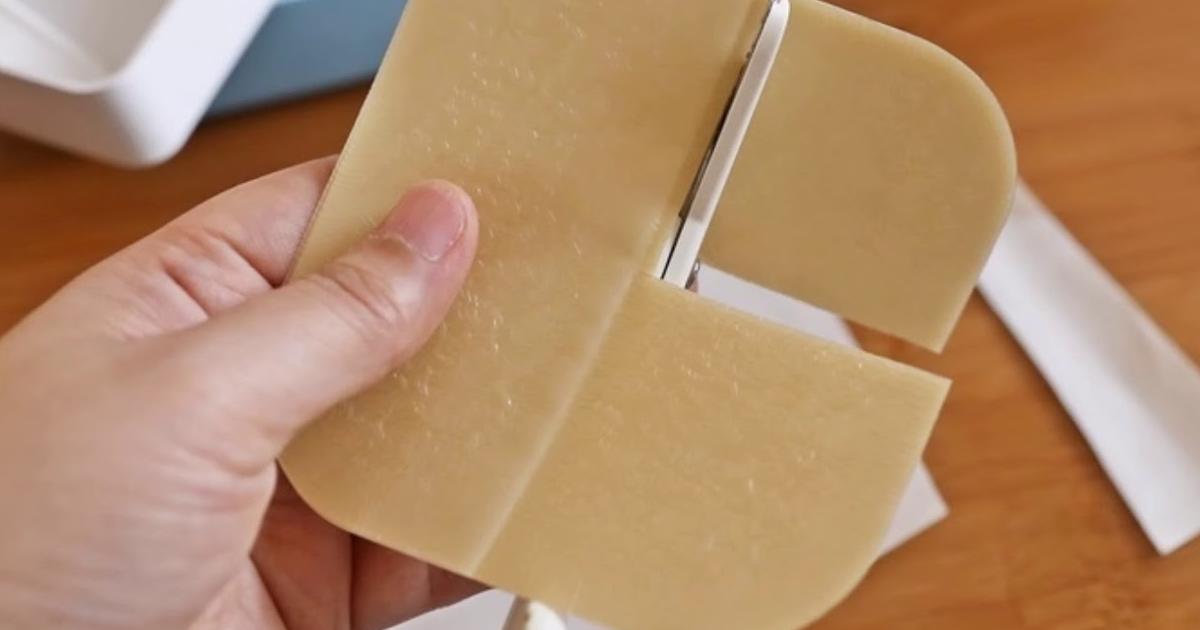Effective Treatment Options For Urticaria Pigmentosa
Urticaria pigmentosa is a skin condition that typically affects infants and children. Individuals with this condition develop a reddish-brown rash that may be either flat or slightly elevated from the skin's surface. Although the rash is not painful, patients usually experience extreme itching. Urticaria pigmentosa most often occurs on the torso, and though it is also frequently found on the face, scalp, arms, and legs. Other symptoms associated with this condition include a rapid heartbeat, headache, and diarrhea. In some patients, the face may become red very quickly, and fainting has been reported as well. To diagnose urticaria pigmentosa, doctors will examine the skin and may perform a skin biopsy. Blood and urine tests may also be completed. More than half of patients with urticaria pigmentosa experience a complete resolution of their condition by the time they reach puberty. Even for patients whose symptoms do not completely disappear, symptoms normally reduce substantially by puberty.
The treatment options outlined below are commonly recommended for patients with urticaria pigmentosa.
Antihistamines To Control Allergic Reactions

Since the rash associated with urticaria pigmentosa can produce extreme itching, akin to allergic reactions, doctors will often prescribe antihistamines. These medications are taken orally or as a nasal spray, and they work by decreasing the release of histamine from the body. In addition to reducing the itchiness of the rash, antihistamines may reduce facial flushing and redness that can occur with urticaria pigmentosa. During treatment with antihistamines, the patient will be monitored closely. Potential side effects from antihistamines include drowsiness, dry mouth, nausea, vomiting, blurred vision, trouble with urination, restlessness, dizziness, and irritability. If patients are on an antihistamine that causes drowsiness, they may be able to be switched to another form without this side effect. Any worrying or persistent side effects should be reported to medical staff. Patients taking antihistamines should not take acetylsalicylic acid, codeine, or opiates, and alcohol use should be avoided.
Keep reading for more on the options for treating urticaria pigmentosa now.
Hydrocolloid Dressings

Hydrocolloid dressings can improve healing and are appropriate for non-infected wounds. For patients with urticaria pigmentosa, hydrocolloid dressings can be particularly helpful if hives or blisters have formed at the site of a rash. The dressings are normally opaque and need to be changed every three to seven days. The dressings are impregnated with a layer of a gel-like substance that keeps the wound moist and encourages faster healing. They can be used on both dry and moist wounds. Unlike other kinds of wound dressings, hydrocolloid dressings are flexible, waterproof, and impermeable to bacteria. Patients who wear these dressings often report they can be more active than with other bandages, and they also report less pain than with other dressings. To apply the dressing, patients should warm it between their hands for a few seconds before peeling off the back layer. Then, press it gently onto the affected area for a few seconds, starting from the center of the wound and working toward the outside edges.
Learn more about how to treat urticaria pigmentosa now.
Photochemotherapy

Photochemotherapy is a type of ultraviolet radiation that can help with symptom management for urticaria pigmentosa. The treatment can be administered to the whole body or to localized areas only, and patients typically have treatments two or three times a week. Before treatment, patients may need to take pills or soak in a special solution. Photochemotherapy itself involves the patient standing in a cabinet full of ultraviolet bulbs. The bulbs are turned on for up to half an hour, and the cabinet normally has air conditioning to keep the patient comfortable. Patients wear safety goggles during treatment to protect their eye health. Photochemotherapy can cause side effects, including sunburn, itching, skin dryness, and tanning of the skin. In addition, the treatment may prematurely age the skin, leading to fine lines and wrinkles. As a precaution, patients undergoing photochemotherapy should have their skin examined by a dermatologist to screen for skin cancer. Some patients have reported nausea following treatment.
Get the details on more ways to effectively treat urticaria pigmentosa now.
Avoid Picking At Lesions

Patients with this condition should do everything possible to avoid picking at lesions. Doing so can produce hives and blistering of the skin, both of which can be painful and result in scarring. To avoid picking at lesions, patients should take any antihistamines they have been prescribed; this will cut down on the itching that contributes to picking. Patients should also keep their skin as moist as possible, and a lotion or ointment can be applied up to four times a day. To avoid scratching the skin at night, patients may wish to consider wearing gloves to sleep. If an area has been heavily scratched, an infection may develop. Signs of infection include swelling, redness, warmth, pain, or discharge. Patients who believe they may have an infection should visit their doctor as soon as possible.
Discover more treatment methods for urticaria pigmentosa now.
Selection Of Corticosteroids

Urticaria pigmentosa patients who struggle with symptom management may benefit from a selection of corticosteroids. These medications can be applied topically, and are also available by injection and in tablet form. Corticosteroids can reduce inflammation and itching related to urticaria pigmentosa. Doctors will generally prescribe the lowest strength of corticosteroid for the shortest amount of time necessary to achieve an improvement in symptoms without side effects. Corticosteroids applied topically often produce fewer side effects than those taken orally or by injection. Potential side effects of corticosteroids include a burning sensation during application, thinning of the skin at the application site, stretch marks, and a change in skin color. While the skin normally returns to its usual thickness after treatment has concluded, stretch marks may be permanent. Patients should report any unusual or troublesome side effects to their healthcare team.